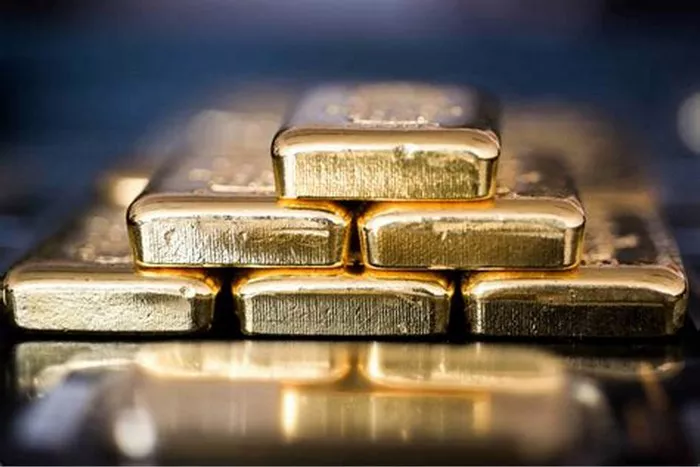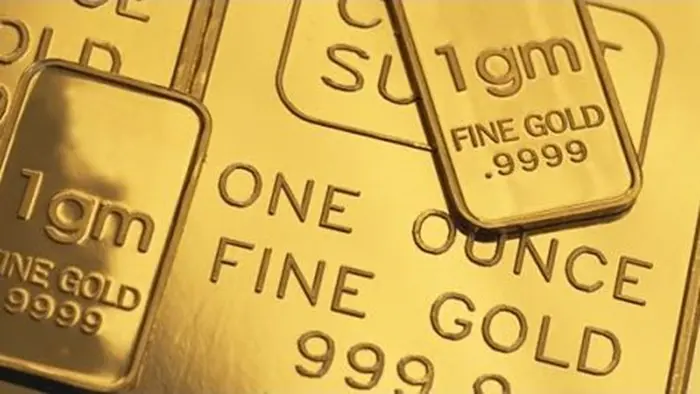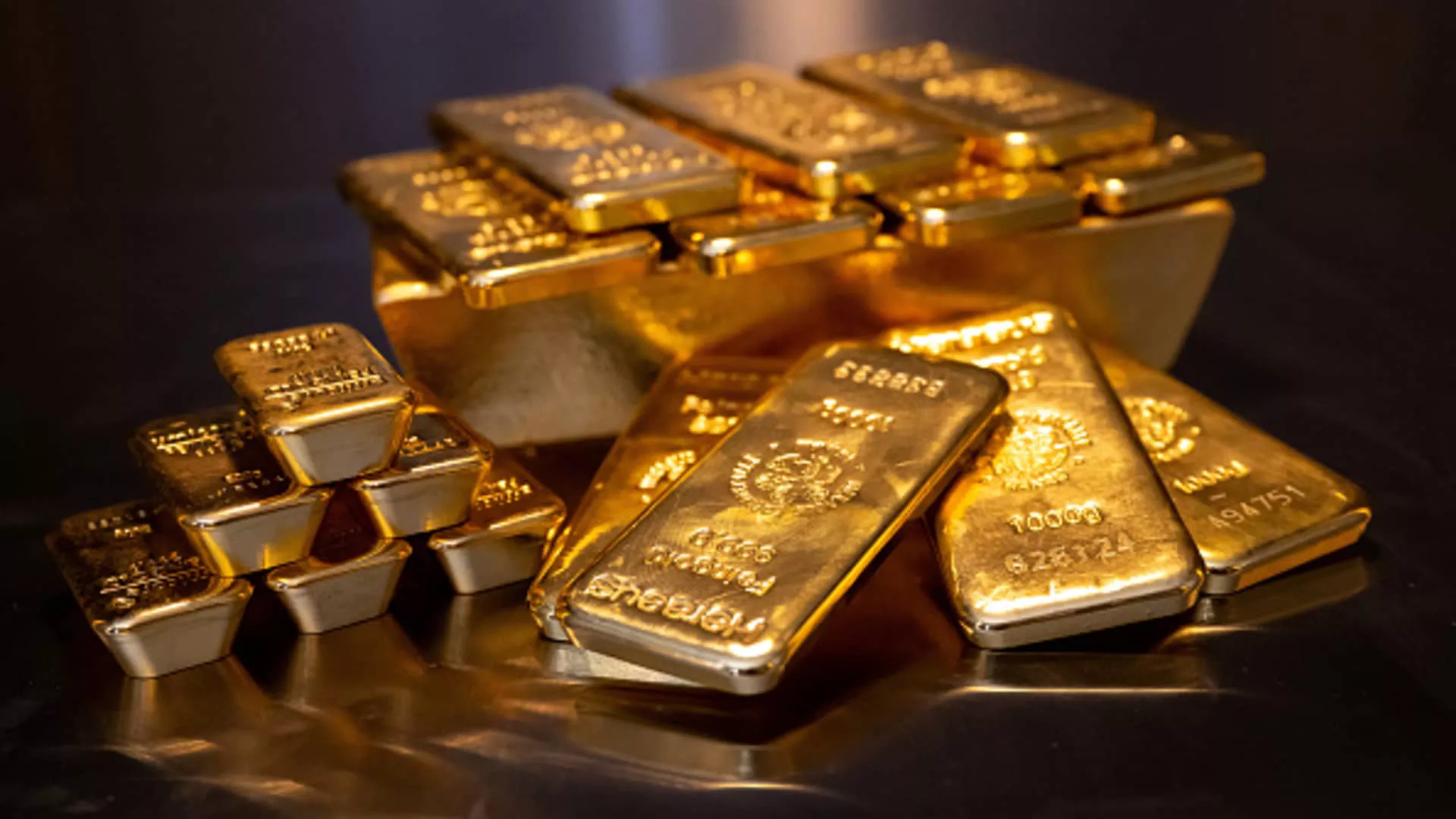Gold futures are a vital component of the financial markets, particularly for investors and traders who wish to speculate on the price of gold or hedge their positions against fluctuations in the gold market. This article provides a comprehensive overview of gold futures, including their definitions, how they work, key factors influencing their prices, trading strategies, and their role in the global economy.
Introduction
Gold has been valued for centuries, serving as a store of value and a safe haven during economic uncertainty. In modern financial markets, gold futures allow participants to engage in contracts that obligate them to buy or sell a specified amount of gold at a predetermined price on a future date. Understanding gold futures is essential for those involved in trading, investing, or using gold as a hedge against inflation and currency fluctuations.
What Are Gold Futures?
Definition of Gold Futures
Gold futures are standardized contracts traded on commodity exchanges, such as the Chicago Mercantile Exchange (CME). These contracts stipulate the delivery of a specific quantity of gold (typically measured in troy ounces) at a predetermined price on a specified future date.
Key Features of Gold Futures
Contract Size: The standard contract size for gold futures is 100 troy ounces. However, mini contracts (10 troy ounces) are also available, allowing smaller investors to participate.
Expiration Date: Gold futures have set expiration dates, typically occurring monthly. Traders must close their positions or roll them over before expiration to avoid delivery obligations.
Margin Requirements: To trade gold futures, participants must maintain a margin account. This involves depositing a percentage of the contract’s value as collateral, allowing traders to control a larger position than their initial investment.
Settlement: Gold futures can be settled either by physical delivery of gold or by cash settlement, where the difference between the contract price and the market price at expiration is paid.
How Gold Futures Work
Trading Mechanism
Gold futures are traded on various commodity exchanges. Here’s how the trading process generally works:
Order Placement: Traders place orders to buy or sell gold futures contracts through a broker or an online trading platform. Orders can be market orders (executed immediately at current prices) or limit orders (executed at a specified price).
Price Fluctuations: The price of gold futures fluctuates based on supply and demand dynamics, macroeconomic factors, and geopolitical events. These fluctuations create opportunities for traders to profit from price movements.
Contract Specifications: Each futures contract has specific details, including the contract size, tick size (minimum price movement), and expiration date. Traders must be aware of these specifications when entering positions.
Mark-to-Market: Futures contracts are marked to market daily. This means that profits and losses are calculated based on the closing price of the futures contract each day, affecting the trader’s margin balance.
Example of a Gold Futures Transaction
To illustrate how gold futures work, consider the following example:
Initial Position: A trader believes that the price of gold, currently at $1,800 per ounce, will rise in the coming months. The trader decides to buy one gold futures contract for 100 ounces at $1,800.
Price Movement: As the market progresses, the price of gold rises to $1,900. The trader decides to close the position by selling the contract.
Profit Calculation: The profit is calculated as follows:
-
- Entry Price: $1,800
- Exit Price: $1,900
- Profit per Ounce: $1,900 – $1,800 = $100
- Total Profit: $100 × 100 ounces = $10,000
If the price had fallen to $1,700 instead, the trader would incur a loss of $10,000.
See Also: How Much Gold Is Left in the World to Mine?
Key Factors Influencing Gold Futures Prices
Understanding the factors that influence the price of gold futures is crucial for traders and investors. Here are the primary factors to consider:
1. Economic Indicators
Gold prices are sensitive to various economic indicators, including:
Inflation Rates: Gold is often viewed as a hedge against inflation. When inflation rises, demand for gold typically increases, driving prices higher.
Interest Rates: Lower interest rates reduce the opportunity cost of holding gold, making it more attractive. Conversely, higher interest rates can lead to lower gold prices as investors seek yield elsewhere.
Currency Strength: The strength of the U.S. dollar plays a significant role in gold prices. A weaker dollar often leads to higher gold prices, as gold becomes cheaper for foreign investors.
2. Geopolitical Events
Geopolitical tensions, wars, and crises can drive investors to seek safety in gold, pushing prices higher. Key events to monitor include:
Global Conflicts: Military conflicts or political instability can lead to increased demand for gold as a safe haven.
Trade Relations: Trade disputes and tariffs can impact economic stability, influencing gold prices.
3. Supply and Demand Dynamics
The balance between gold supply and demand affects prices:
Mining Production: Gold mining production levels impact the overall supply of gold. Declines in production can lead to higher prices.
Investment Demand: The demand from institutional investors, central banks, and retail investors can significantly influence gold prices. Increased investment demand can drive prices up.
4. Market Sentiment
Market sentiment and investor psychology play a crucial role in gold futures trading. Bullish sentiment can lead to price increases, while bearish sentiment can lead to declines.
Technical Analysis: Many traders use technical analysis to identify trends and make trading decisions based on price patterns and indicators.
News and Reports: Economic reports, central bank announcements, and geopolitical developments can influence market sentiment and lead to price volatility.
Trading Strategies for Gold Futures
Investors and traders can employ various strategies when trading gold futures. Here are some common approaches:
1. Hedging
Hedging involves taking a position in gold futures to offset potential losses in physical gold holdings or other investments. For example, a jewelry manufacturer may hedge against rising gold prices by selling gold futures contracts.
2. Speculation
Traders can speculate on the price movements of gold futures to profit from short-term fluctuations. This strategy requires careful analysis of market trends and economic indicators.
Day Trading: Day traders buy and sell gold futures within the same trading day, aiming to profit from intraday price movements.
Swing Trading: Swing traders hold positions for several days or weeks, seeking to capture larger price movements based on market trends.
3. Long-Term Investment
Some investors view gold futures as a long-term investment, anticipating that gold will retain its value over time. This strategy often involves holding positions for extended periods, based on macroeconomic trends and market conditions.
Risks of Trading Gold Futures
While gold futures can offer significant opportunities, they also come with risks. Here are some key risks to consider:
1. Market Volatility
Gold prices can be highly volatile, leading to potential losses for traders. Sudden price movements can occur due to economic events, geopolitical developments, or changes in market sentiment.
2. Leverage Risk
Trading gold futures involves using leverage, which can amplify both gains and losses. While leverage allows traders to control larger positions with smaller investments, it also increases the risk of significant losses.
3. Margin Calls
Due to daily mark-to-market practices, traders may face margin calls if their account balance falls below the required margin level. This can result in forced liquidation of positions, potentially leading to losses.
4. Lack of Diversification
Investing heavily in gold futures can lead to a lack of diversification in a portfolio. This concentration can increase overall risk if the gold market experiences significant downturns.
Conclusion
Gold futures play a crucial role in the financial markets, providing opportunities for investors and traders to speculate on the price of gold and hedge against market fluctuations. Understanding how gold futures work, the factors influencing their prices, and the associated risks is essential for successful trading.
As gold continues to be a valuable asset in uncertain economic times, gold futures offer a unique avenue for participation in the gold market. Whether for hedging, speculation, or long-term investment, a well-informed approach to trading gold futures can help individuals navigate the complexities of this dynamic market. As global economic conditions evolve, the significance of gold futures in investment portfolios is likely to remain strong, ensuring its continued relevance in the world of finance.
Related topics:

































